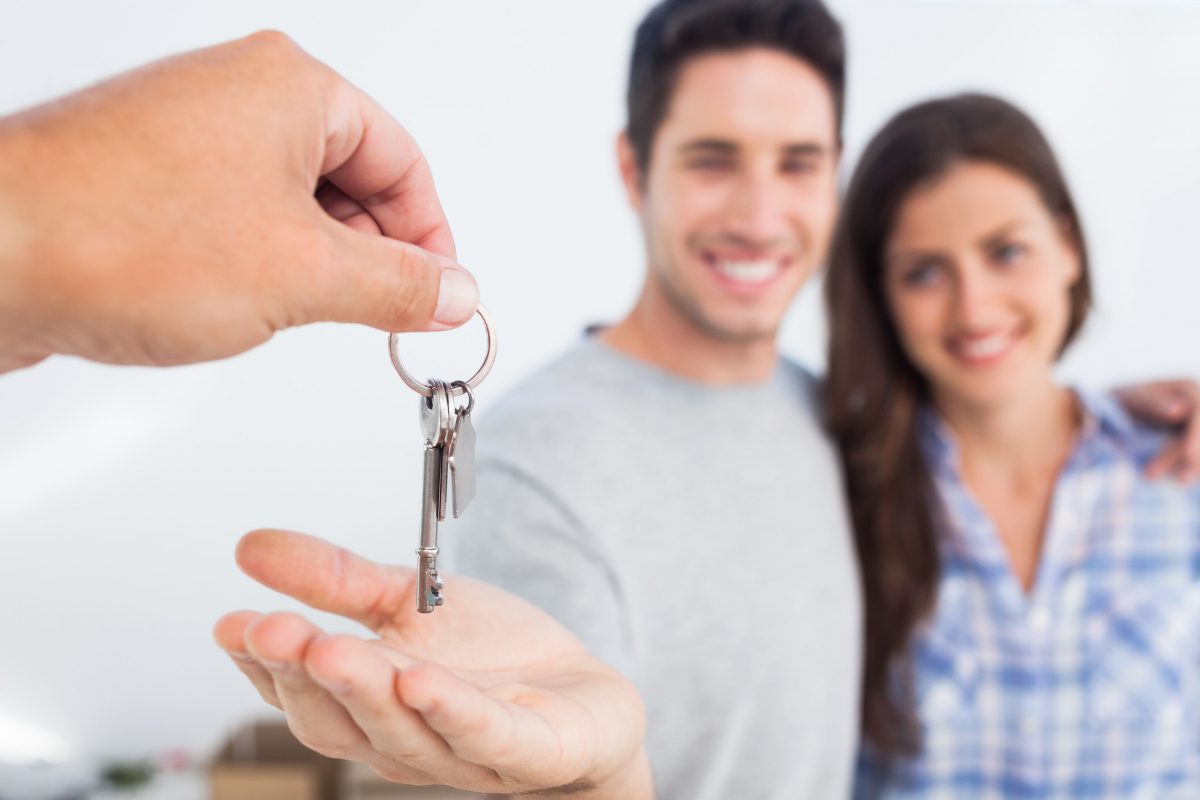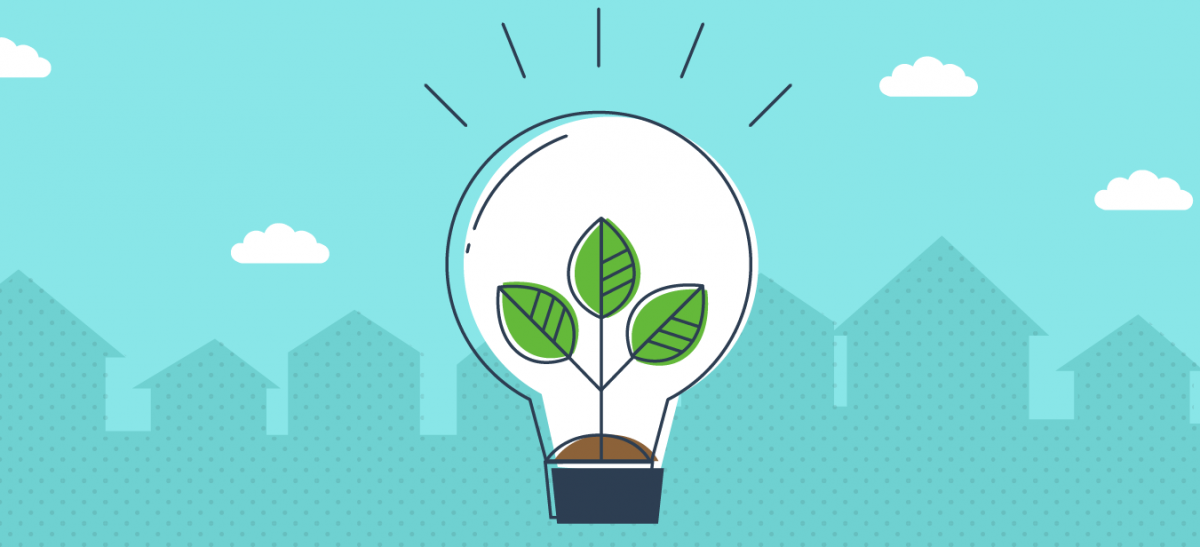With a whopping 64% of Americans owning homes, the United States has the highest percentage rate of home owners than any other nation. Our nation was built upon people working with passion and vigor to pursue anything they wanted. Over the past century, becoming a homeowner has been considered a part of this American Dream. Broker President of Phipps Realty said,”There’s a reason why home ownership is called the American Dream – it’s part of our collective history and an essential part of building our nation’s future, as well.”
History of Home Owning
In 1917, the U.S Department of Labor established the first federal program designed to encourage home ownership.
In 1933, after the Great Depression hit, FDR created work programs and mortgage relief reforms to help ensure people they would be able to keep their homes.
We’ve come along way since then, making many reforms and changes to help make it easier for individuals to purchase a home for their family. If you look through the history of home ownership, you can get a better understanding of how much the Federal Government truly encourages and supports the American people to purchase their own homes.
Today new home buyers chase after this dream not just for the stability and security, but now studies are finding, for the financial investments. Researchers and Real Estate agents find all sorts of reasons people benefit from purchasing their own home. Here are our top 5 benefits.
1. Gain Equity
Home equity is considered the current market value of your home minus any outstanding home loan balances. The rate of a return on a home investment increases the longer you live there. This is why becoming a homeowner is one of the best investments that you can make.
Real Story, a New Jersey real estate commentator states, that homeowners can use home equity that has been built up to get cash for emergencies or to purchase items for home improvements thereby possibly increasing a home’s net worth even more than before.
Buying a home allows you to drastically increase your long term wealth as opposed to those who rent. One of the greatest benefits of owning a home is that this allows you to live a “rent free” retirement once you’ve paid off your mortgage. Or as you get older, you could also sell the home and use the money to purchase something smaller.
2. Home Improvements
There’s not much wiggle room allowed for upgrading or changing up your home if you’re renting. One of the benefits of owning a home is there’s no permission needed. Add a pool, re-paint the entire house- its your home and you can do as you please! Modifying your living space to whats aesthetically pleasing to YOU is the most satisfying feeling and worth all the work put in. It’s also considered a worthwhile investment and most upgrades add value to your home.
3. Tax Advantages
Everyone benefits from home ownership-especially our economy and federal government. This is why the government offers many tax incentives for new home buyers. Home related purchases and private mortgage insurance can also qualify you for tax benefits.
According to the MIT Federal Credit Union, interest on first and second mortgages, home equity loans of up to $100,000, and refinanced loans are all deductible and local property taxes are deductible in the year that they are paid.
4. Promotes Good Community & Neighborhoods
Buying a home in a place you plan to stay in for a long time also benefits you and your neighborhood! It feels good making connections and new friendships with neighbors, becoming a part of local organizations, and participating in traditional events. This community involvement is a major benefit to becoming a homeowner and something your children will grow up to thank you for one day.
5. Sustainability
When people think of home, they think of safety, security, and being comfortable. As a renter, it’s unsettling not knowing what changes you can or cannot make in your home, if the landlord is going to randomly raise rent, or run an inspection on the house. These are just some of the many pitfalls of being a renter. As a homeowner, none of those are an issue. It puts new homeowners at ease knowing they can settle into a home they can raise their families in and make memories. They know their consistent monthly mortgage payment and overall have so much more freedom than renters do. This peace of mind is priceless and one of the main reasons individuals finally decide to become homeowners.
Becoming a homeowner is the most rewarding experience where families will build lives and memories, along with positive financial futures. So if you have been on the fence about whether to continue renting or to purchase your own home, if you choose a great team to work with you will see just how simple the home buying process really is! Sun American Mortgage has over 33 years experience and always leaves every customer feeling valued and incredibly happy about their new home.




